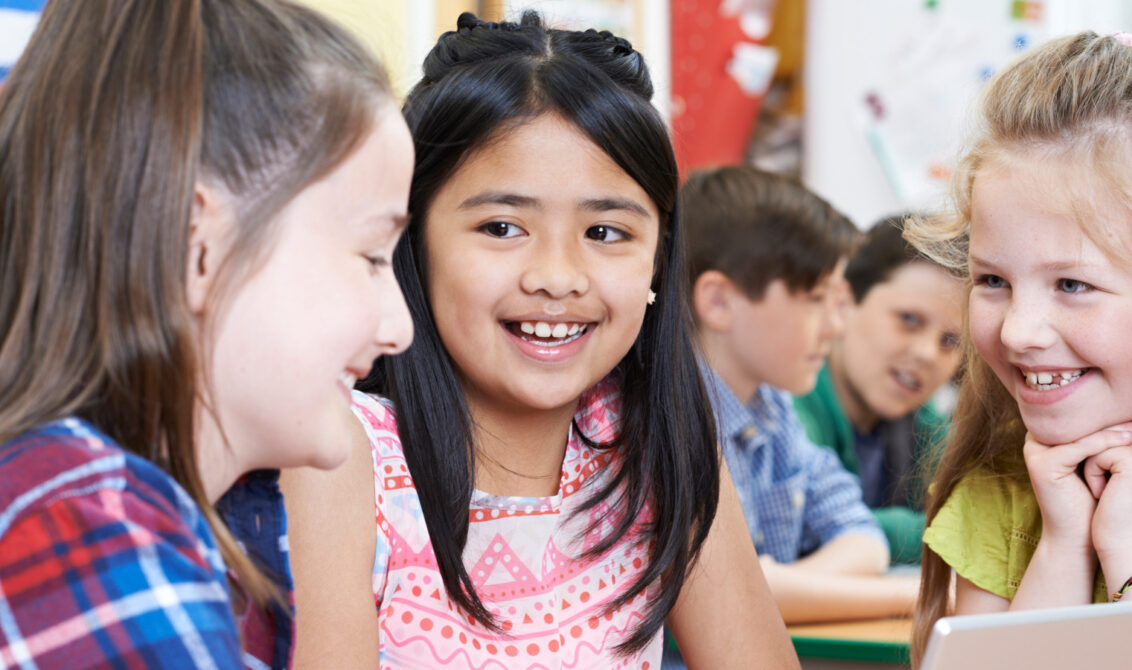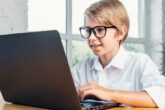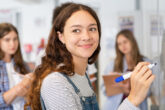
Education is a collaborative experience – after all, nobody learns in a vacuum. In fact, social learning theory suggests that we learn best by absorbing and replicating the behaviours and attitudes of the people around us. Social learning helps students develop critical thinking, problem solving and emotional intelligence skills. It also creates a community in the classroom, where students celebrate each others’ successes and support them with their mistakes.
So, let’s take a deeper dive into the psychology behind social learning, look at some examples of social learning in action, and explore how to boost social learning in your classroom:
What is social learning?
Social learning comes from the work of psychologist Albert Bandura, and it emphasises the importance of social interactions and environment when learning. Research shows that social learning has a positive impact on students’ academic performance, and that students who engage in social learning tend to do better in school on a longer-term basis.
Social learning is made up of three parts – self efficacy, observational learning, and self-regulated learning.
Self efficacy
Self efficacy involves students setting goals and believing that they can achieve them. When students build confidence in their learning abilities, it influences their motivation, persistence, and resilience. They are more likely to engage in challenging tasks and offer help to their peers.
In the classroom, you can foster self efficacy by giving students regular positive feedback, working with them to set realistic goals, and encouraging a growth mindset.
Observational learning
Observational learning (sometimes called ‘modelling’) is when students watch how teachers and classmates tackle new topics or ideas. Students can then choose to mimic what they see or decide to do something different.
To facilitate observational learning, you can demonstrate how to complete an activity to the class and encourage students to share their thought processes when it comes to challenging tasks or activities.
Self-regulated learning
Self-regulated learning is when a student plans a task, tracks their performance and reflects on it at the end. This approach allows students to build the skills they need to be independent and effective learners, like good time management, organisation and initiative.
So, how can you encourage self-regulated learning? Well, if there is a project where students need to work independently, they could deliver their results and an assessment of their strategy to the class (which also incorporates observational learning). Topics which are meaningful and relevant to your students’ lives are also more motivating to explore.
Examples of social learning in school
Social learning happens in schools regularly. Some of the most common scenarios where social learning takes place are:
- Classroom discussions – whether in small groups or as a whole class, talking with others allows students to share their ideas and learn from others’ perspectives.
- Group projects – working to achieve a common goal means that students learn from the strengths and knowledge of their teammates.
- Peer tutoring – this is a powerful way for students to see how different approaches can work, and a valuable opportunity to learn from one another.
- Role-playing – acting out historical events or imagining situations lets students step into different viewpoints and behaviours, helping them learn from people who may not even be present in the classroom.
- Teacher demonstrations – when you demonstrate how to complete a task or solve a problem, you expand students’ understanding.
- Classroom rules – everyday norms in lessons provide a consistent space for students to recognise the behaviour expected of them, which makes it easier for them to follow these rules.
- Extracurricular activities – taking part in sports teams, debate clubs, drama groups, and more exposes students to learning social skills, teamwork and leadership by interacting with other people.
How to incorporate social learning activities in classes and curriculums
Here are some ideas to maximise opportunities for social learning in your classroom:
- Arrange desks in clusters (not rows) and begin each day asking students to share news or discuss the day ahead. You could also give students a poem or a prompt and ask them to share their interpretations with everyone.
- In biology class, put students in groups and ask them to create and present posters on different ecosystems. Each member should be responsible for researching and explaining a particular point.
- Simulate a United Nations meeting where students represent different countries and have to conduct a debate around the topic of global warming. Each student should research the motivations of their country and deliver their argument as that country.
- As the teacher, demonstrate a chemical experiment and explain each step and why the reactions happen.
- In a language class, ask students to set goals for themselves to achieve by the end of the term. Ask students to create a study plan to ensure they reach their goals, and to share their schedule with peers for feedback.
- Hand out ‘reflection sheets’ after a class activity. Ask students to complete questions about what they learned, what they contributed and where they could improve. Host a debriefing session with the rest of the class and encourage students to share their self-reflection.
- Start a community garden on the school grounds. Have students design a schedule for who plants, waters and trims the garden.
- Tell students to write a letter to a relevant local business asking for support about a social issue they are passionate about (poverty, mental health, sexism etc.).
- In groups, use virtual reality technology to put students in digital worlds and have them write a list of possible laws there. Ask them to read their laws to the class and explain why they would promote a healthy, fair society.
Social learning depends on students learning in social settings, working collaboratively and being influenced by a wide range of thoughts, actions and reasoning.
Further reading
Discover more about social and collaborative learning. Read about how students can benefit from social learning and our guide to collaborative learning.
Sign up to receive our blog updates
Like what you read and want to receive more articles like this direct to your inbox? Subscribe to our blog and we’ll send you a fortnightly digest of the blog posts you may have missed, plus links to free resources to support your teaching and learning.

